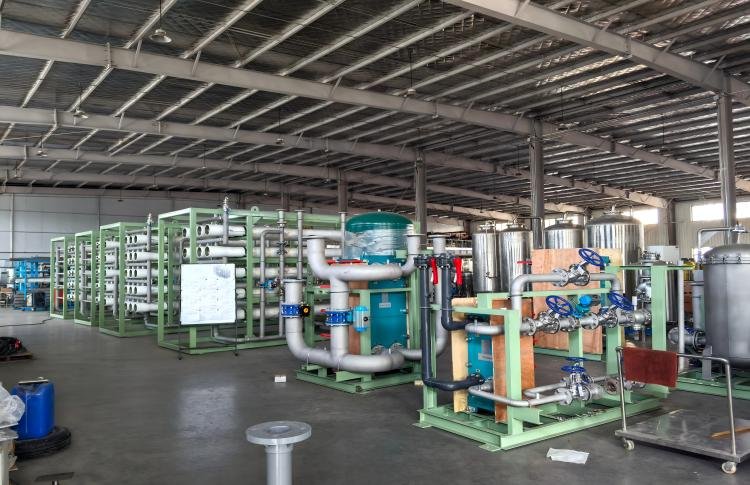Reverse osmosis (RO) systems are widely used in water treatment processes due to their efficiency in removing contaminants. However, designing an RO system requires careful attention to various factors to ensure optimal performance and longevity. Below are some key design considerations:
1. Pre-filtration to Protect Membranes
To prevent damage to the RO membranes from hard particles, it is essential to use a reliable 5-micron pre-filter without backwashing. This step ensures that larger particles are removed before water enters the RO system, thereby safeguarding the delicate membranes.
2. Mitigating Water Hammer Effects
High-pressure pumps can cause water hammer effects during startup and shutdown, which may damage the membrane elements. To address this, consider using variable frequency drives (VFDs), soft starters, or installing electric slow-opening valves at the pump outlet. These measures help reduce the impact of sudden pressure changes.
3. Space Allocation for Pressure Vessels
When designing an RO system, ensure that sufficient space is allocated at both ends of the pressure vessels. This space is necessary for the installation and replacement of membrane elements, making maintenance more efficient.
4. Preventing Backpressure on Membranes
RO membrane elements must never be exposed to backpressure. The design must account for static backpressure, ensuring that the product water side pressure does not exceed the feed/concentrate pressure. For composite membranes, the static backpressure should be less than 5 psi.
5. Low-Pressure Flushing
It is crucial to incorporate low-pressure flushing during system startup and shutdown. The flushing water should meet RO feed water requirements, preferably using RO product water. For systems operating continuously, periodic low-pressure flushing should be scheduled. Additionally, consider protection measures for both short-term and long-term shutdowns.
Low-Pressure Flushing Conditions:
| Flushing Water: | Pretreated Feed Water |
|---|---|
| Pressure: | Low (0.1-0.2 MPa) |
| Max Flow Rate: | 8-inch Element: 200 LPM; 4-inch Element: 50 LPM |
| Temperature: | 25°C |
| Flushing Time: | 0.5-1.0 min |
6. Cleaning System Design
The RO cleaning system should be designed to allow separate cleaning for each stage. The cleaning direction should match the operational flow direction, and reverse cleaning should be avoided to prevent membrane damage.
7. Monitoring and Instrumentation
To ensure the safe and reliable operation of the RO system, it is essential to install necessary monitoring instruments. Commonly required instruments include temperature gauges, pressure gauges, flow meters, pH meters, conductivity meters, and oxidation-reduction potential (ORP) meters.
Instrumentation Requirements:
| Instrument: | Purpose: |
|---|---|
| Temperature Gauge: | Monitor water temperature |
| Pressure Gauge: | Measure system pressure |
| Flow Meter: | Track water flow rates |
| pH Meter: | Ensure optimal pH levels |
| Conductivity Meter: | Measure water purity |
| ORP Meter: | Monitor oxidation-reduction potential |
By adhering to these design considerations, you can enhance the efficiency, durability, and reliability of your reverse osmosis system. Proper planning and implementation of these factors will lead to better performance and reduced maintenance costs.
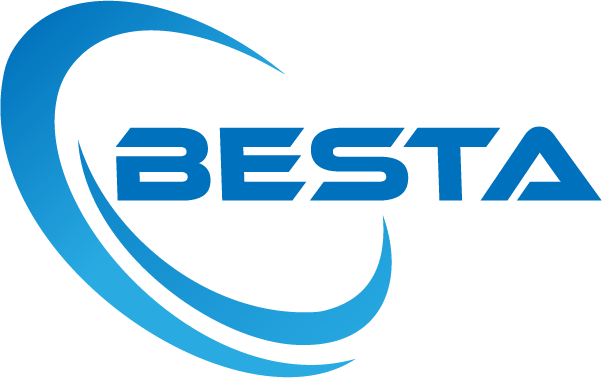
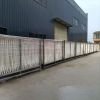 MBR Membrane
MBR Membrane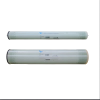 Reverse Osmosis Membrane
Reverse Osmosis Membrane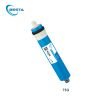 Residential Ro Membrane
Residential Ro Membrane UF Membrane
UF Membrane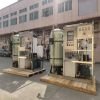 Water Treatment Plant
Water Treatment Plant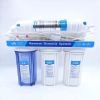 Residential Ro Machine
Residential Ro Machine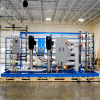 Brackish Ro System
Brackish Ro System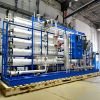 Sea water system/SW RO plant
Sea water system/SW RO plant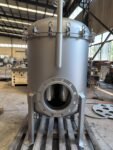 Bag Filter
Bag Filter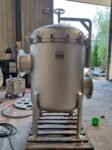 Cartridge Filter
Cartridge Filter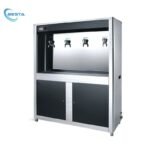 Commercial Water Filtration System
Commercial Water Filtration System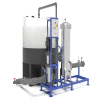 Membrane Cleaning System(CIP)
Membrane Cleaning System(CIP)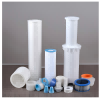 Consumables Accessories
Consumables Accessories